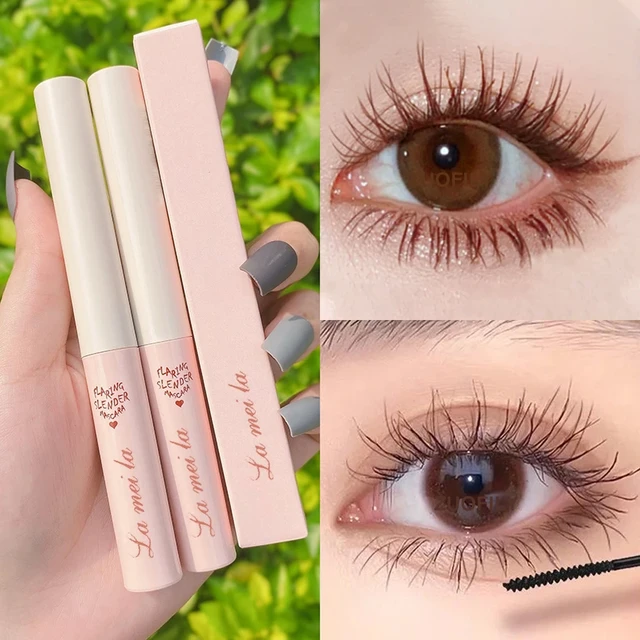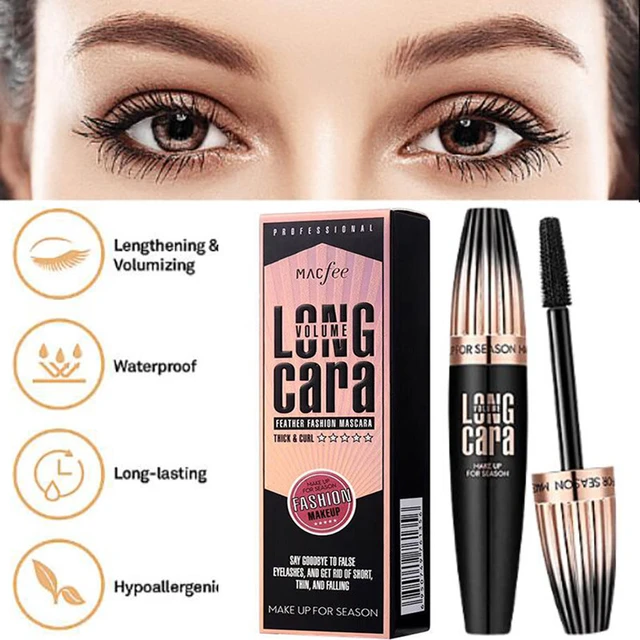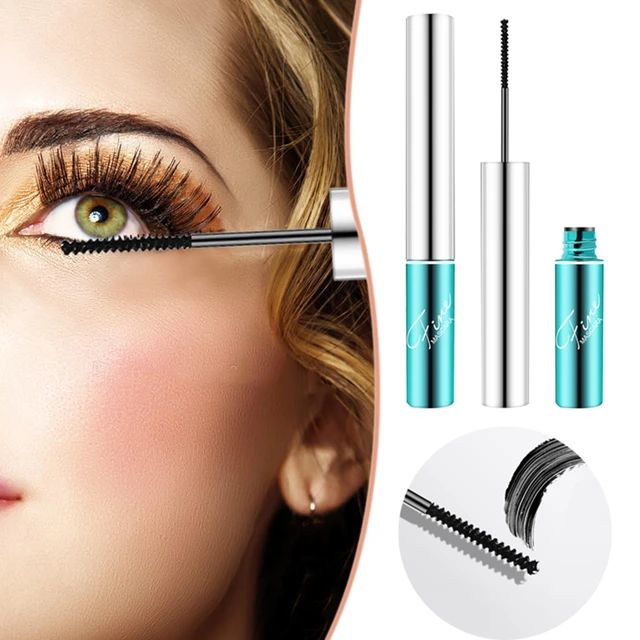 Introduction:
Introduction:
Mascara is a popular cosmetic product that enhances the appearance of eyelashes. However, it is important to remember that mascara has a shelf life and should be replaced regularly to maintain its quality and ensure the health of your lashes. In this comprehensive guide, we will explore how often you should change your mascara. From understanding mascara expiration dates to recognizing signs of mascara gone bad, we will provide practical tips and guidelines to help you determine when it’s time to replace your mascara. By following these recommendations, you can prioritize the safety and effectiveness of your mascara application.
 Understanding Mascara Expiration Dates:
Understanding Mascara Expiration Dates:
Shelf Life:
Mascara typically has a shelf life of around three to six months from the time of opening.
This is due to the nature of the product and its potential for bacterial growth over time.
Expiration Symbol:
Many mascara products include a small icon, usually in the form of an open jar, which indicates the expiration date.
The expiration symbol will provide guidance on when the mascara should be discarded.
 Signs that Your Mascara is Expired or Gone Bad:
Signs that Your Mascara is Expired or Gone Bad:
Dry or Clumpy Texture:
Expired mascara may become dry, clumpy, or difficult to apply.
It may no longer glide smoothly onto the lashes and can cause clumping or a cakey appearance.
Change in Smell:
Mascara that has gone bad may develop an unpleasant or off-putting odor.
This can be an indication of bacterial growth or product degradation.
Irritation or Allergic Reactions:
Continued use of expired mascara can cause eye irritation or allergic reactions.
If you experience redness, itching, or discomfort after applying mascara, it may be a sign that the product has gone bad.
Smudging or Flaking:
Expired mascara is more likely to smudge, flake, or transfer onto the skin throughout the day.
This can result in a less defined and messy appearance.
Factors Influencing Mascara Longevity:
Frequency of Use:
Mascara that is used daily will generally need to be replaced more frequently than mascara used less frequently.
Daily use introduces more air and potential bacteria into the tube, increasing the risk of contamination.
Storage Conditions:
Proper storage can help prolong the shelf life of mascara.
Keep your mascara tightly closed when not in use and store it in a cool, dry place away from direct sunlight or excessive heat.
Sharing Mascara:
Sharing mascara with others can increase the risk of contamination and the spread of bacteria.
It is recommended to avoid sharing mascara to maintain hygiene and safety.
Best Practices for Mascara Usage:
Avoid Pumping the Wand:
Pumping the mascara wand in and out of the tube can introduce more air and dry out the product.
Instead, twist the wand inside the tube to pick up product, helping to maintain the mascara’s longevity.
Don’t Add Water or Other Liquids:
Adding water or other liquids to mascara can compromise its formula and increase the risk of bacterial growth.
It is best to use mascara as it is intended and avoid diluting it with any additional substances.
Clean the Wand Regularly:
To maintain the cleanliness of your mascara, wipe the wand with a tissue or lint-free cloth after each use.
This helps to remove any excess product and prevent buildup on the wand.
 Here are some risks associated with this issue:
Here are some risks associated with this issue:
Not replacing mascara for an extended period of time can have several potential hazards and drawbacks.
Bacterial Growth:
Mascara tubes and wands can become breeding grounds for bacteria over time. When mascara is used repeatedly without being replaced, the bacteria can multiply and contaminate the product. This can lead to eye infections, irritation, or other eye-related issues.
Eye Infections:
Using expired or old mascara can increase the risk of eye infections, such as conjunctivitis (pink eye) or styes. Bacteria from contaminated mascara can come into contact with the sensitive tissues of the eyes and cause infections, leading to redness, itching, swelling, and discomfort.
Clumping and Smudging:
Mascara that has dried out or become clumpy due to age can result in uneven application. It may not coat the lashes evenly or provide the desired effect. Clumpy mascara can also smudge easily, leading to a messy and less polished appearance.
Reduced Performance:
Over time, mascara can lose its effectiveness. It may not provide the same level of lengthening, volumizing, or curling that it did when it was fresh. Old mascara may also flake off or smudge more easily, resulting in a less defined lash look.
Increased Risk of Allergic Reactions:
Mascara ingredients can potentially cause allergic reactions in some individuals. Over time, the ingredients in mascara can degrade, increasing the risk of irritation or allergic responses when applied to the eyes.
Poor Hygiene:
Regularly replacing mascara is essential to maintaining good hygiene practices. Using the same mascara for an extended period of time without replacement can contribute to unhygienic conditions, potentially leading to eye infections or other eye-related problems.
To avoid these hazards, it is recommended to replace mascara every three to six months, depending on the specific product and its shelf life. Regularly checking the expiration date and monitoring the texture and smell of mascara can help determine when it needs to be replaced. Additionally, practicing good hygiene, such as not sharing mascara and properly cleaning mascara wands, can further reduce the risk of eye-related issues.
Some of the functions and benefits of mascara:
Mascara serves several purposes when it comes to enhancing the appearance of lashes and eyes. Here are some of the functions and benefits of mascara:
Lengthening: Mascara is designed to make lashes look longer and more elongated. It coats each lash with pigmented color, extending their appearance and creating the illusion of length. This helps to enhance the overall look of the eyes and make them appear more defined.
Volumizing: Mascara can add volume and thickness to lashes, making them appear fuller and more noticeable. It coats the lashes, making them appear thicker and more voluminous, creating a more dramatic look.
 Conclusion:
Conclusion:
To ensure the safety and effectiveness of your mascara application, it is important to change your mascara regularly. Understanding the expiration dates, recognizing signs of mascara gone bad, and following best practices for usage will help you determine when it’s time to replace your mascara. By prioritizing hygiene and product integrity, you can enjoy the benefits of a fresh and reliable mascara while avoiding potential eye irritation or infections. With proper care and regular replacements, you can confidently enhance your lashes and achieve stunning eye makeup looks.